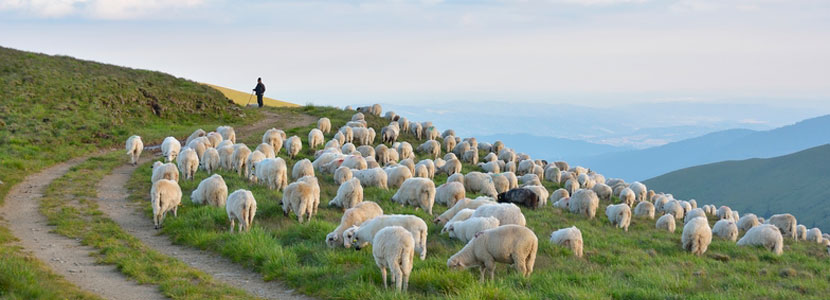Cattle grazing is one of the the most widespread types of land use on Earth. However, this activity can alter both biodiversity and ecosystem functioning.
An international team of researchers, led by the Rey Juan Carlos University (URJC), carried out a study with the aim of identifying the role of cattle grazing within ecosystem dynamics. Where they have found that this activity represents a significant regulator of biodiversity and ecosystem functioning in the upcoming years.
This piece of research, which has been published in the journal ‘PNAS’, suggests that increasing the diversity of grazing herbivores in the field while maintaining similar levels of population density can enhance the biodiversity and functionality of grazing ecosystems.
Grazing is one of the most widespread methods of livestock production, affecting more than 25% of all land emerged, and plays a fundamental role in food production, especially important in developing countries.
Materials and Methods
To conduct this study, the researchers conducted a five-year field experiment in one of the largest and most grazed grasslands on earth, in northeastern China, in collaboration with Northeast China University.This long-term grazing experiment was initiated in 2008 with a randomized block design. Six sites (blocks) were selected. Each site was divided into four plots. Four grazing treatments were randomly administered amongst these:
- no grazing (NG)
- sheep grazing (SG)
- cattle grazing (CG)
- and mixed grazing by sheep and cattle (MG).
The same livestock biomass per unit area was applied in all of the grazing treatments to control grazing intensity while testing the effects of livestock diversity on biodiversity and ecosystem function.
Researchers used DNA sequencing techniques and evaluated the effects of grazing from a single species (cows or sheep) and mixed species of cattle (cows and sheep) on the biodiversity of plants, insects, soil microbes and multiple ecosystem functions.
Results
- The obtained results revealed that when increasing the diversity of grazing livestock species (cows, sheep, etc) it is possible to “promote the biodiversity of plants and insects,within grazing ecosystems. Which will indirectly enhance the multiple ecosystem services, that are regulated by this biodiversity”.
- Cattle and sheep exhibit distinctive feeding modes and preferences which can exert a synergistic and complementary effect on vegetation structure.
- Diversifying livestock may provide a wider variety of niches for insects and soil organisms compared with single livestock. This suggests that mixing livestock species, at a given animal density, can be a tool for managing grasslands and conserve biodiversity.
- Regulating and promoting various ecosystem services, will in turn enhance human well-being and it sustainability.
To read full article follow the link below
Source : Abstract taken from “Diversifying livestock promotes multidiversity and multifunctionality in managed grasslands”
